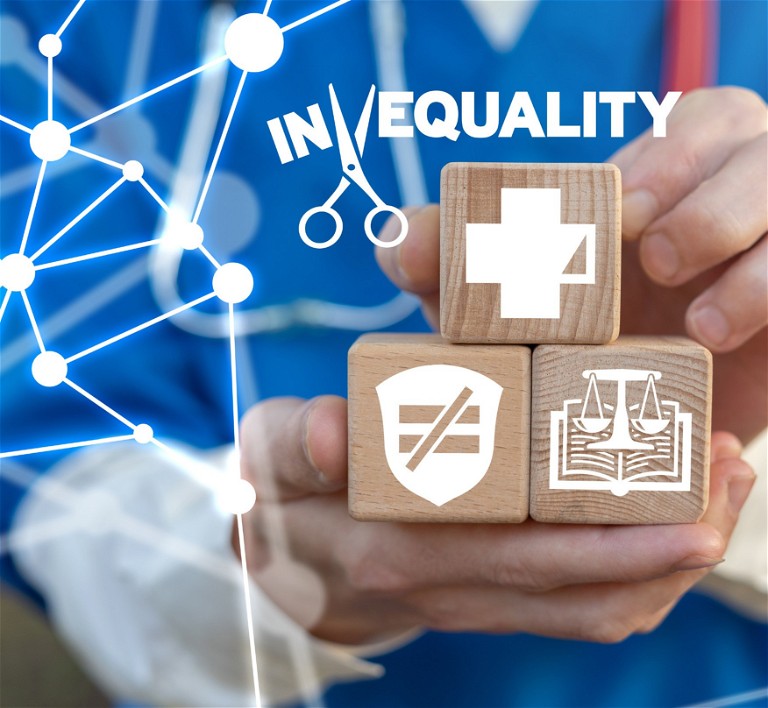Industry Facts
Five facts about health inequalities

- Health inequalities are defined as ‘avoidable, unfair and systematic differences in health between different groups of people’.1 The term also refers to the differences in care and opportunities that people receive due to various protected characteristics, such as race, gender, religion, sexuality and disability, among other factors.1
- Health inequalities often involve differences in: health status and life expectancy; access to care including availability of services, quality and experience of care such as levels of patient satisfaction; behavioural risks to health, such as smoking; and wider determinants of health including quality of housing.1
- It is reported that 13% of LGBTQ+ people have experienced unequal treatment from healthcare staff, 23% have witnessed discriminatory or negative remarks against LGBTQ+ people from healthcare staff and 70% of trans people report being impacted by transphobia in a healthcare setting.2
- 13% of trans people of colour experienced transphobia from trans-specific healthcare providers, compared to 6% of white respondents, demonstrating the intersectionality of health inequalities.2 5. There is also an inequality in the decrease in HIV transmissions according to The National AIDS Trust. It has been reported that there is a general decrease in HIV transmissions, as of December 2021, however the rate of progress varies between communities, with women, people from Black African and Asian communities and those living outside London still more at risk.3